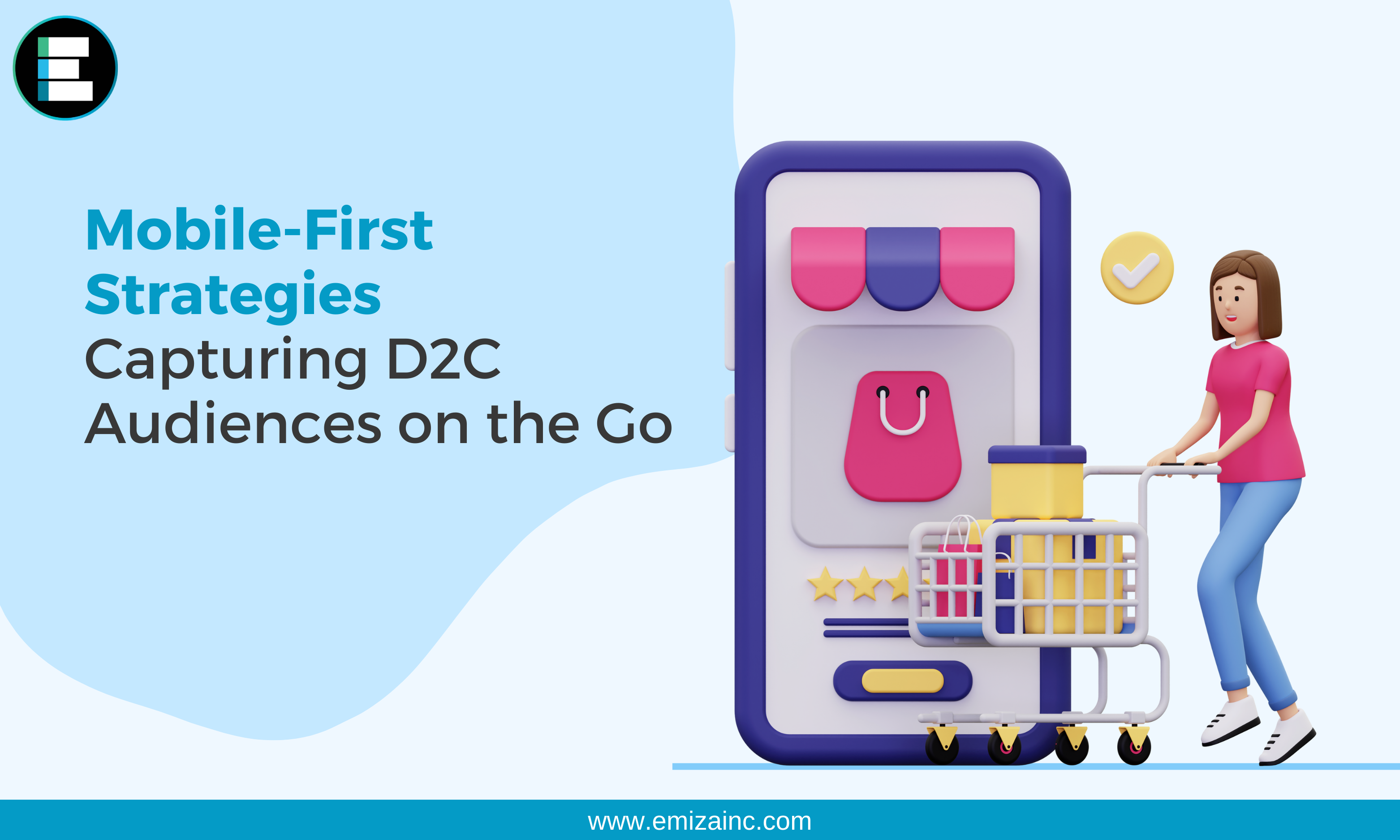In an era defined by connectivity and convenience, the rise of Direct-to-Consumer (D2C) brands has reshaped consumer engagement. Today’s audiences are constantly on the move, and their primary gateway to the digital world lies in the palm of their hand—the mobile device. In this comprehensive guide, we’ll explore the power of mobile-first strategies in capturing D2C audiences on the go.
The Mobile Revolution: Shaping Consumer Behavior
Proliferation of Mobile Devices
Mobile devices have become ubiquitous, shaping how consumers interact, shop, and engage with brands. With smartphones becoming an extension of individuals, leveraging this platform is pivotal for D2C brands seeking to connect with their audience.
Shifting Consumer Behavior
The shift towards mobile consumption is undeniable. From browsing products to completing purchases, consumers prefer the convenience and accessibility offered by mobile devices. D2C brands must adapt their strategies to cater to this evolving behavior.
Understanding the Essence of Mobile-First Strategies for D2C Brands
Responsive Design and User Experience
Optimizing websites and applications for mobile devices is crucial. Responsive design ensures a seamless user experience, enabling effortless navigation, quick load times, and easy access to essential information.
Personalization and Contextual Targeting
Leveraging data analytics and AI-driven insights allows D2C brands to personalize content and offerings based on consumer preferences. Contextual targeting ensures relevant messaging, enhancing engagement and conversions.
Mobile-Friendly Content Formats
Crafting content tailored for mobile consumption is vital. Visual storytelling, concise yet compelling messaging, and interactive elements resonate better with audiences browsing on mobile devices.
Seamless Transactional Experiences
Simplified and secure checkout processes are imperative. Streamlining transactions, incorporating mobile payment options, and ensuring data security instills confidence and encourages conversions.
Strategies to Capture D2C Audiences on the Go
1. Mobile-Optimized Website and AppInvest in a mobile-responsive website and a user-friendly app. These platforms serve as the digital storefronts, offering seamless browsing, shopping, and engagement experiences.
2. Data-Driven Personalization
Leverage consumer data to create personalized experiences. Tailor product recommendations, offers, and content based on browsing history, preferences, and behavior.
3. Embrace Mobile-Centric Content
Develop content specifically designed for mobile consumption. Engaging visuals, short-form videos, and snackable content resonate well with on-the-go audiences.
4. Omnichannel Approach
Integrate a seamless omnichannel experience. Ensure consistency across multiple touchpoints, allowing consumers to transition effortlessly between devices and platforms.
Indian D2C Success Stories through Mobile-First Strategies
Case Study 1: NykaaNykaa, a leading D2C beauty and cosmetics brand in India, embraced mobile-first strategies with finesse. Nykaa’s mobile app offers an intuitive interface, personalized recommendations, and seamless checkout experiences. Through the app, Nykaa not only facilitates product discovery but also provides tutorials and engaging content, fostering a holistic beauty community. This mobile-centric approach has contributed significantly to Nykaa’s impressive growth and customer loyalty.
Case Study 2: Wakefit
Wakefit, an Indian D2C mattress brand, leveraged mobile-first strategies to engage with its audience effectively. With a mobile-optimized website and an interactive app, Wakefit simplified the mattress buying process. Their app includes augmented reality features allowing customers to visualize how mattresses fit in their homes. This immersive experience has boosted consumer confidence and substantially increased mobile-driven sales for Wakefit.
Future Trends and Considerations for Mobile-First D2C Strategies
1. Voice CommerceThe rise of voice assistants presents an avenue for seamless, hands-free shopping experiences. D2C brands should explore integrating voice commerce into their mobile strategies.
2. Augmented Reality (AR)
AR technology offers immersive experiences, allowing consumers to visualize products in their own space. Implementing AR features in mobile apps enhances engagement and decision-making.
3. Privacy and Security
As data privacy concerns grow, ensuring robust security measures and transparent data practices becomes paramount to maintain consumer trust.



